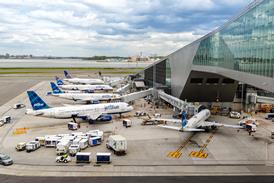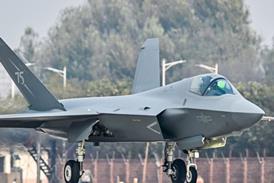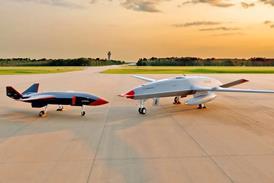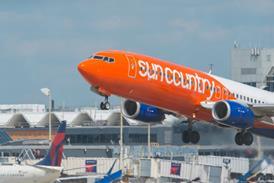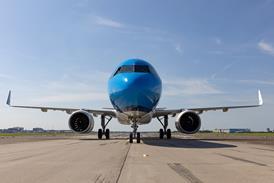A new report from think tank Rand explores lessons from the war in Ukraine that could apply to conflicts against China and Russia involving the USA.
A key finding of the report – entitled Dispersed, Disguised, and Degradable – is that the war of attrition in which Kyiv and Moscow are embroiled stems largely from neither combatant’s ability to gain air superiority.
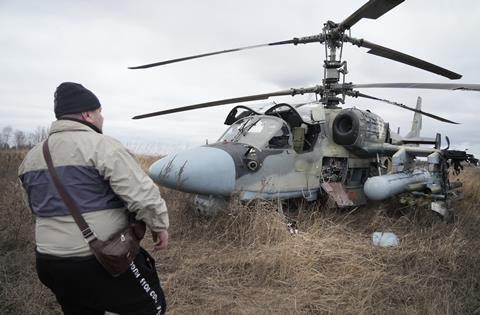
In a war between NATO and Russia, NATO would be likely to secure air superiority given the big deficiencies observed in the Russian air force’s performance against Ukraine.
But Rand gives a caveat: “Even though NATO can expect to achieve superiority in the air in the traditional sense of keeping the enemy’s aircraft out of its airspace and being able to operate its own aircraft over enemy-held territory, air superiority will no longer be a guarantee of protection against observation and attack from the air.”
Russia will still be able to conduct deep strikes into NATO territory using ballistic missiles, cruise missiles, one-way attack drones, and reconnaissance uncrewed air systems (UAS).
Should China attempt to invade Taiwan – a situation analogous to Russia’s invasion of Ukraine – it might be more difficult for the USA to gain air superiority over Taiwan given China’s proximity to its neighbour, as well as the sheer mass of Chinese forces.
The report makes several other observations. One is that the distinction between cruise missiles and cheap one-way attack drones will blur.
For now, cruise missiles have the edge in speed, payload, and their resistance to jamming, but technological advances will continue to improve the performance of one-way attack drones. Both types of weapon will also benefit from greater autonomy, which will reduce their susceptibility to jamming.
Another point the report makes is that in a prolonged conflict, the ability to produce large numbers of UASs and one-way attack drones will be critical for success. Low-cost UASs allow strikes against distant targets and offer the potential to saturate air defence networks – a key Russian strategy in strikes against Ukrainian civilian infrastructure.
“UASs have been used as massed attack weapons in Ukraine designed to evade traditional air defences, but in future conflicts involving even more capable and better-resourced combatants, their importance as a tool for delivering mass to targets may increase further,” says the report.
“Large volumes of UASs have the potential to provide an additional solution to operational problems that were previously the domain of long-range precision fires, and to do so more sustainably in a protracted conflict.”



